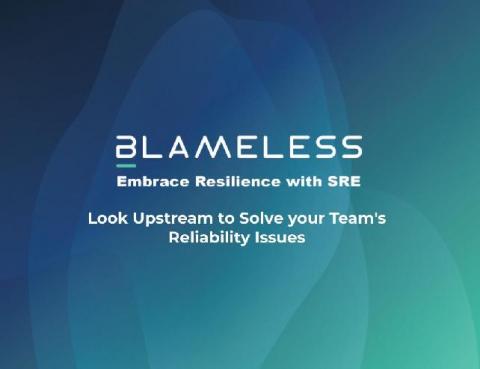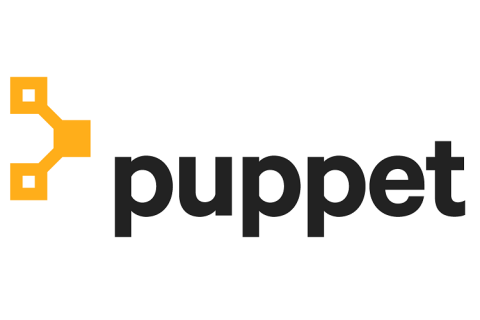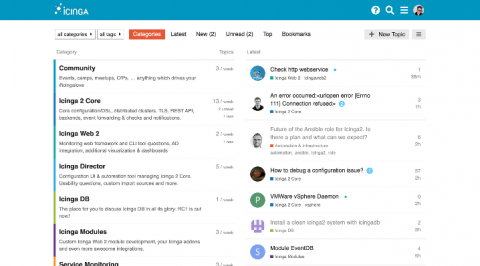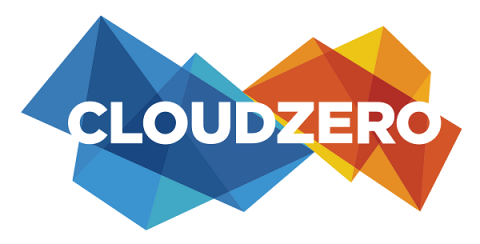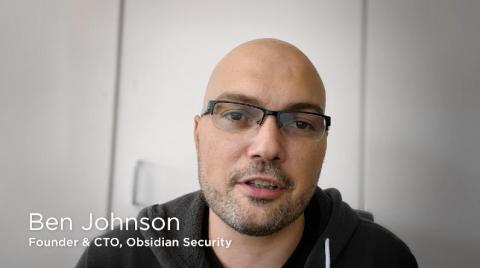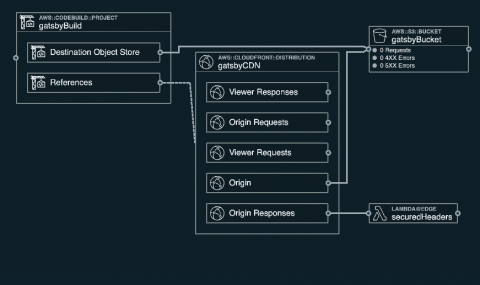Operations | Monitoring | ITSM | DevOps | Cloud
Latest News
How to Provision Cloud Infrastructure
One of the best things about cloud computing is how it converts technical efficiencies into cost-savings. Some of those efficiencies are just part of the tool kit, like pay-per-use Lambda jobs. Good DevOps brings a lot of savings to the cloud, as well. It can smooth out high-friction state management challenges. Sprucing up how you provision cloud services, for example, speeds up deployments. That’s where treating infrastructure the same as workflows from the rest of your codebase comes in.
Automatically (or manually) tag your Sleuth deployments
All deployments are not created equal, but you'd never know it from your Slack channel notifications. In reality, some deployments you really care about, as they contain things like API changes or database migrations, and you want that information to surface. We created tags in Sleuth for this very reason. Out of the box, Sleuth matches files in your deployment with known patterns, and if any are found, tags your deployments automatically.
community.icinga.com
The community forum is a place where you can meet and chat with other Icinga users. It’s hosted by Icinga and moderated by both the Icinga team and members of the community. It’s mostly being used as a platform to ask and answer technical questions about Icinga, which is a great way to learn more about the tool stack! What does it look like? It’s a discourse platform, so it’s a collection of threads or topics which are open for anyone to leave a comment on!
8 Changes Drift Made to Save $2.4M in Cloud Cost
Chief Architect at Drift, Freedom Dumalo, recently spoke with the CloudZero team about how they’ve successfully cut cloud costs by $2.4M in just a few months. When the world rapidly transitioned to work from home, Drift, the conversational marketing platform known for their chatbots, saw a spike in their customer utilization. The largest usage spike were among new users experimenting with their free trial. This increase in engagement was a great sign for their business.
4 Reasons Why Carbon Black Co-Founder Ben Johnson Prioritizes Cloud Cost at His Latest Startup
After growing Carbon Black from nothing to over 800 employees, Founder and CTO Ben Johnson turned his attention to the security of SaaS applications with new startup Obsidian Security. Obsidian secures companies like Office 365, G Suite, Salesforce, Slack and Zoom. This time around, Ben is a seasoned founder and is proactively thinking about how to scale his company with healthy product margins. He uses CloudZero to monitor his AWS costs, detect anomalies, and enable his engineering team.
Announcing The D2iQ Guide on Kubernetes Governance
Businesses of all shapes and sizes are taking advantage of the hundreds of technology services that the cloud native landscape offers. Every few months, new open source projects, databases, and developer tools are coming out, and it’s empowering innovation across enterprises like never before.
Interview: Why Applications Fail and What to Do About It
Lee Atchison is a recognized industry thought leader in cloud computing and has significant experience architecting and building high scale, cloud-based, service oriented, SaaS applications. Formerly the Senior Director for Cloud Architecture at New Relic, Lee is now the owner of Atchison Technology LLC, a cloud consulting and advising firm. Lee is also the author of “Architecting for Scale,” a book published by O’Reilly Media.
Putting the stack in JAMstack
Stackery is focused on helping developers leverage the power of AWS managed services. Our secure delivery platform is used to ship Lambda functions, HTTP Gateways, Aurora database clusters, and many more services which you can view usage of in Anna’s blog on the topic. Recently, I noticed an emerging workload running on our platform: the JAMstack. That’s a term for web applications composed primarily of JavaScript, APIs, and Markup.
VMware Tanzu Mission Control Now Integrates with VMware Tanzu Observability by Wavefront
Since the VMware Tanzu portfolio was introduced last year at VMworld, we have brought to market multiple Tanzu products and services to help our customers deliver better software faster, by automating the modern app lifecycle, running Kubernetes across clouds, and unifying and optimizing multi-cloud operations.


